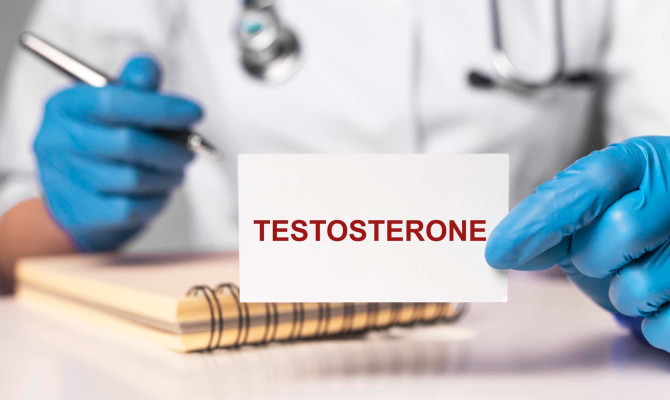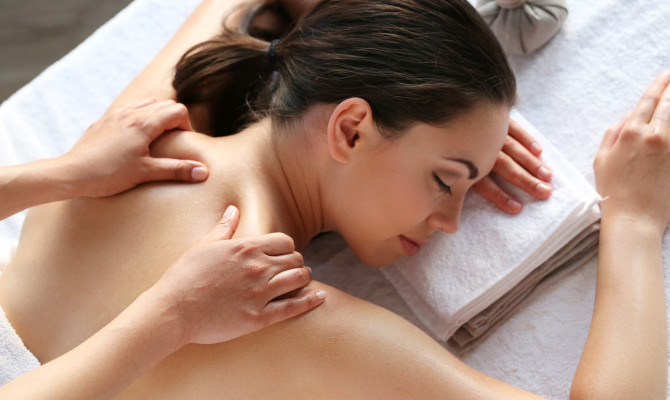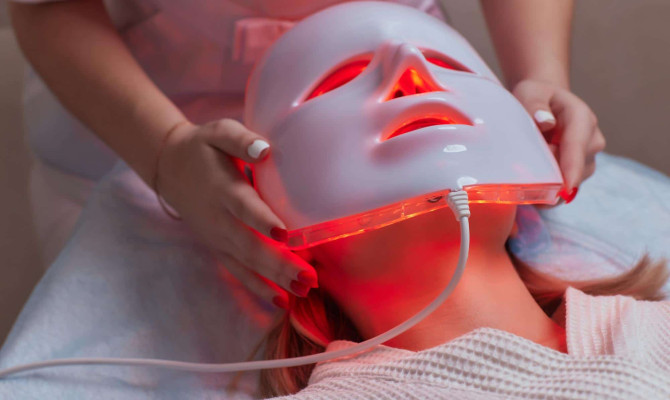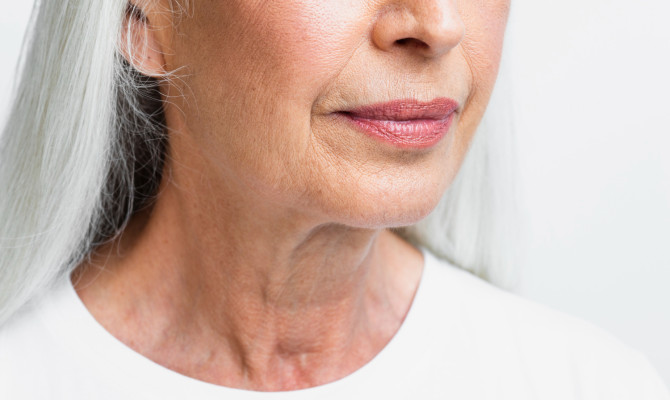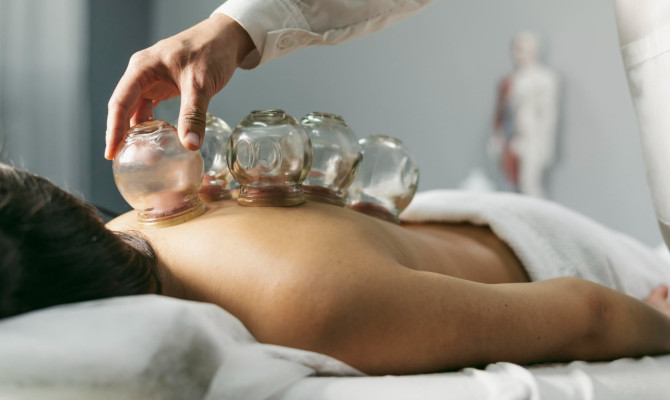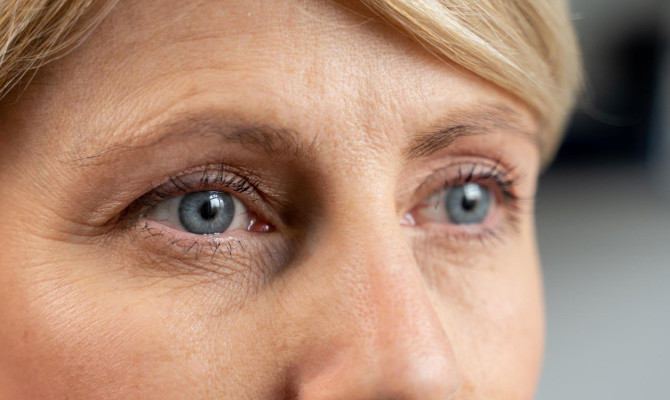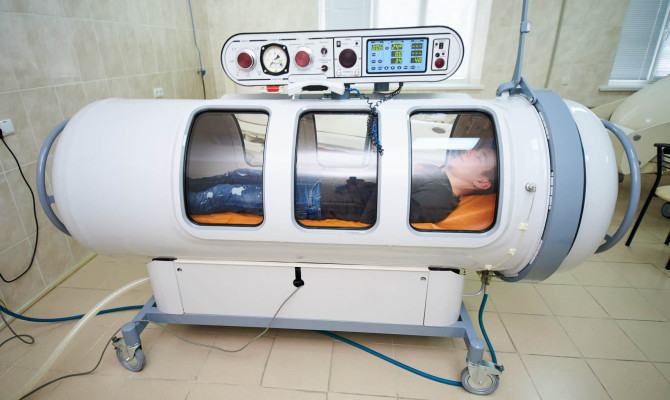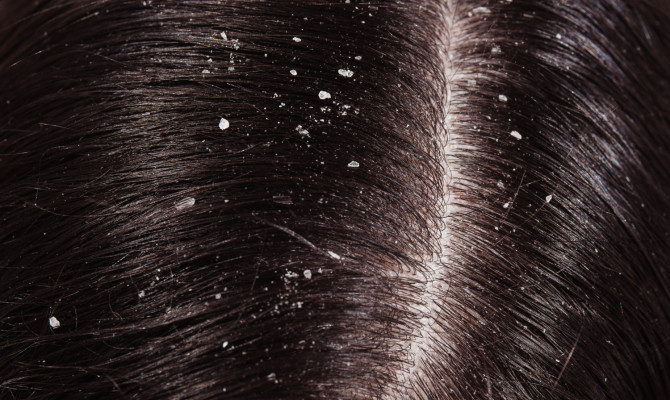Liposuction: Understanding the Process, Benefits and Side effects

- Liposuction
- 17 Aug 2023
Overview
What is Liposuction?
Liposuction is a popular choice in the field of cosmetic surgery. It is a plastic surgery technique which involves the removal of fat (adipose tissue) from the body.
Liposuction is the choice when you have exhausted all other weight loss methods including dietary practices and physical exercises. Vacuum suction is employed for the removal of subcutaneous fat. The superficial layer is the most aimed layer for liposuction.
Post-surgery, edema and fluid accumulation are common findings of liposuction. Improved appearance is noticed once the swelling or edema reduces. This might take 3 to 6 months for fluid filled swelling to completely vanish away.3Overview| Researched based study from Plasticsurgery.org
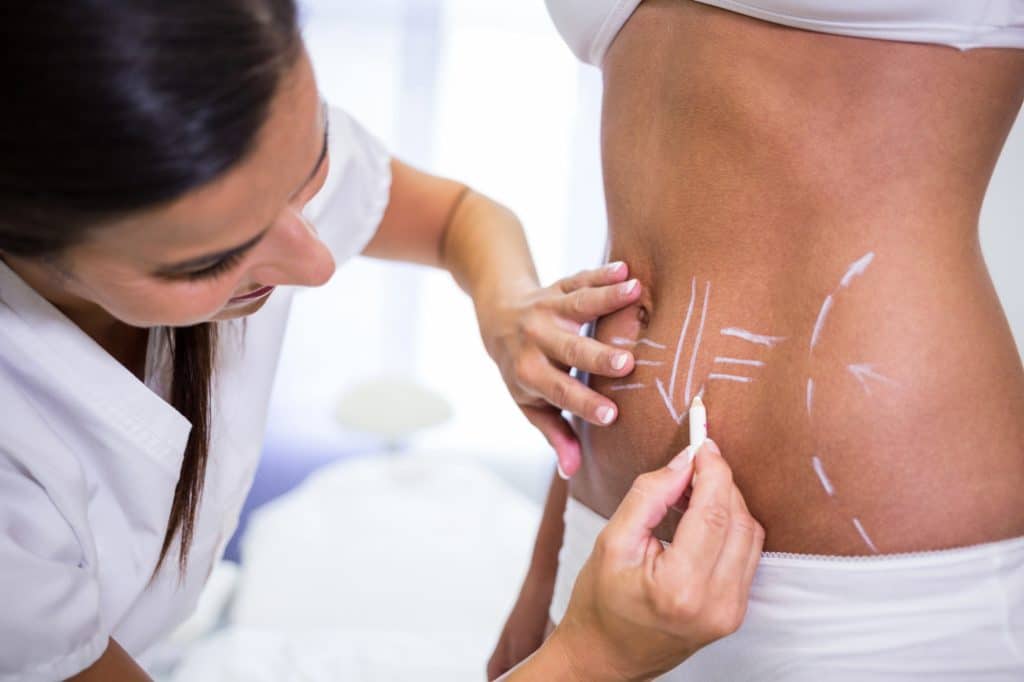
Benefits
Benefits of Liposuction
The fact that liposuction is such a safe surgery is perhaps one of the main reasons why it is growing in popularity.
Liposuction is advantageous in effectively reducing stubborn fat tissue that remains resistant to dietary and exercise strategies.
Here are a few other benefits of liposuction:
- Lymphoedema
- Extreme weight loss after obesity
- Lipomas
- Gynecomastia
Lymphedema
- When excess fluid collects in the lymph tissues, it creates a swelling known as Lymphedema. It commonly occurs in the legs or arms. In this situation, liposuction is used to decrease pain, discomfort and swelling.
Extreme weight loss after obesity
- People with serious obesity who experience a fall of at least 40% in their BMI may require medical intervention to remove the presence of surplus skin.
Lipomas
- These are fatty tumors usually benign in nature.
Gynecomastia
- It is the enlargement of male breast due to fat accumulation.3Benefits| Researched based study from Plastic.org
The process
Procedure of Liposuction
The liposuction procedure is decided by the specific type of surgery chosen by the patient. The duration of the procedure corresponds to the amount of extracted fat.
- The surgeon administers local or regional anesthesia to the targeted area before removing excess fat.
- The physician administers an intravenous sedative.
- Patient’s heart rate, blood pressure, and oxygen saturation levels are continuously monitored during liposuction.
- The physician outlines the regions where the fat will be excised by marking circles and lines.
- The cannula is used to remove surplus body fat from a specific body area, according to the type of surgery performed.
Targeted Area
Areas of your body where you can get Liposuction
Liposuction surgery is able to cut off around 6-8 pounds of fat in just one sitting.
The areas of the body that can undergo liposuction are:
- Hips
- Back
- Chest
- Butt
- Claves
- Inner side of the knee
- Ankles
- Thighs
- Abdomen
- Upper arms
- Stomach
- Flank 1Targeted area| Researched based study from Nlm.nih.gov
Eligibility
Who is eligible for Liposuction?
It is allowed to undergo liposuction surgery in case:
- You are 18 years old or above.
- You must be a healthy adult with a body mass index within 30% 2Eligibility| Researched based study from Nlm.nih.gov
- You must be non-obese.
- You must not have skin laxity.
- Your weight must be stable for 6-12 months before undergoing liposuction.
- Non smoker individuals
- You must have put in the effort to stick to a dietary regime and fitness routine but still didn’t notice any positive results.
Contraindications
Who is not eligible for Liposuction?
Thorough screening is done before opting for liposuction. Liposuction cannot be done if:
- You have still been smoking at least 4 weeks before the surgery. This will decrease immunity and step up the risk of complications.
- You are a patient of DVT ie. Deep vein thrombosis. DVT has the ability to cause pulmonary embolism. Pulmonary embolism is a serious and life threatening condition.
- You want to get rid of cellulite. Liposuction is not an ideal choice to shed weight in such cases.
- You are immunosuppressed or suffering from any medical illness.
- Your skin has less elasticity or if it has less firmness.2Contraindications| Researched based study from Nlm.nih.gov
Efficacy
Efficacy of Liposuction
- Your body’s fat cells may be permanently eliminated by liposuction surgery. The new fat cells often tend to deposit in different areas of the body, so you have the chance to regain weight.
- With liposuction surgery, fat cells can be permanently eradicated from love handles.
- To maintain post-surgery physique, eat ample amounts of lean protein, veggies, whole grains, fruits, and low-fat dairy goods. Regular physical activity is beneficial.
- Cellulite cannot be removed by liposuction. It is because skin beneath the cellulite has fibrous bands instead of fatty tissue which can be easily removed by liposuction. Cellulite makes the skin look bumpy and dimpled.
Prevalence of liposuction
Liposuction is a common cosmetic surgical procedure. Over 200,000 liposuction procedures 3Efficacy| Researched based study from Plasticsurgery.org are annually performed in the United States. Globally, liposuction accounts for 15% to 20% of plastic surgeries.
Types
Types of Liposuction surgeries
Different kinds of liposuction include:
Suction-assisted liposuction (SAL)
- It is the most common form of life or suction surgery. It involves the use of vacuum to eliminate excess fat from the body.
Ultrasound assisted liposuction (UAL)
- This type of liposuction procedure makes use of ultrasonic rays. A metal rod is fixed under your skin to allow melting of the fat from the body.
Tumescent liposuction
- It is also one of the common liposuction procedures. The surgeon transfers saline water into the fatty areas of the body. It allows easy removal of fat and decreases blood loss. This saline water solution contains epinephrine. Epinephrine helps in shrinking of blood vessels.
Power-assisted liposuction (PAL)
- PAL is a precise procedure that utilizes, stainless steel cannula to break up the fat cells.
Vibration Amplification of Sound Energy at Resonance (VASER)
- VASER makes use of a stainless steel cannula that is attached with grooves. It has a source of ultrasound waves to fragment the fat cells.
Laser-assisted liposuction (LAL)
- It utilizes a laser equipped cannula that helps in breaking up the deposited adipose tissue. After breaking up, the fat cells can be suctioned out.
Side effects
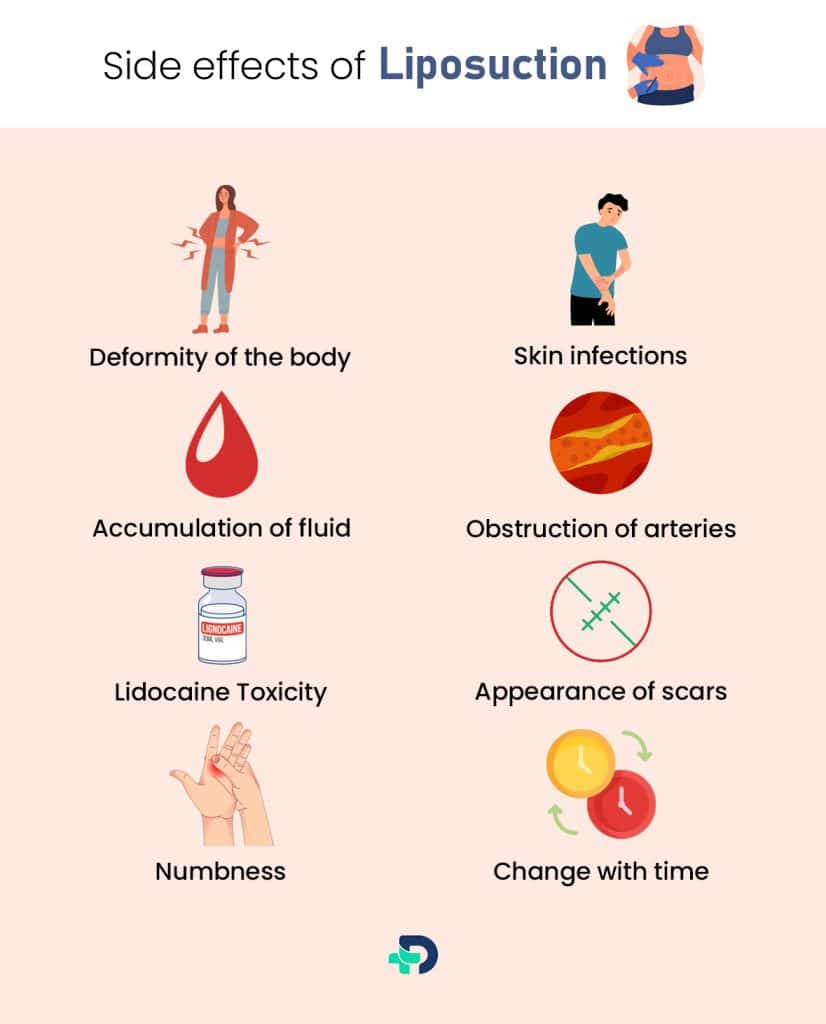
Side effects of Liposuction
Postoperative pain after liposuction surgery is most severe during the initial two to four days. It subsequently decreases over time. Liposuction done under general anesthesia results in more pain when compared to liposuction done under intravenous sedation.
Here are a few side effects:
- Causes body deformity
- Infections
- May leads fluid accumulation
- Visible scars
- Toxicity due to anesthetics
- Perforation of the organs
- Numbness at the site of treatment
- Change in the appearance with time
Deformity of the body
- Unequal fat elimination, dull skin elasticity, or abnormal healing can result in a bumpy or wavy appearance of the skin. Liposuction cannula can cause damage to the skin resulting in a permanent mottled appearance of the skin.
Skin infections
- Necrotizing soft tissue infection (NSTI) 4Side effects| Researched based study from Nlm.nih.gov is one of the most serious side-effects of liposuction surgery. It is the infection of subcutaneous tissue that involves epidermis, dermis, fascia and muscle, leading to perforation of abdominal muscles.
Accumulation of fluid
- Fluid filled pockets are formed under the skin. They are known as the seromas which can be drained using a needle.
Obstruction of arteries
- The broken fat pieces may float in the blood and become trapped in vessels. They can gather in the lung and travel to the brain. This medical emergency is termed as fat embolism.
Lidocaine Toxicity
- The anesthetic agent given along with fluids that are used in liposuction is Lidocaine. It helps in the reduction of pain. The danger of Lidocaine toxicity 5Side effects| Researched based study from Nlm.nih.gov begins with perioral numbness and tinnitus. It can be managed by administration of oxygen and drugs to control seizures (eg: benzodiazepines).
Perforation of internal organs
- The cannula used for fat extraction may accidentally penetrate an organ. This requires a surgical repair.
Appearance of scars
- Liposuction causes small holes in various locations that tend to leave scars. These scars fade swiftly and are not visible to the human eye. To avoid scarring, you can use silicone gel sheets, rosehip oil or shea butter.
Numbness
- After liposuction, it is frequently seen that patients experience numbness and more sensitivity in the body than usual. It usually resolves in a few months.
Change with time
- The appearance of areas where liposuction was done will change due to aging, other abdominal surgeries or pregnancy.
Guidelines
Postoperative guidelines for rapid recovery following Liposuction surgery
To recover quicker after liposuction surgery, you must strictly adhere to the given guidelines.
Do’s of Liposuction:
Maintain your weight
- You must consume a nutritious and healthy diet. Choose foods which are rich in Vitamin B12, Vitamin C, fibers, proteins and minerals. If your weight is significantly altered, it will influence the contoured liposuction portions. So important to be consistent in your weight management.
Engage in light physical activities
- Healing process of the body can be quick and up by engaging in daily exercises that include walking, jogging and basic movements. Please note that you must avoid strenuous exercises.
Wear the compression garments
- It is important to wear the compression garments as suggested by the physician. These garments will maintain your figure obtained after liposuction and will enhance the overall look. You must keep the garments away from dirt to avoid wound infections. Avoid the surgical area from pressurizing with ill fitting clothes.
Stay hydrated
- It is a necessity to stay hydrated to boost up the body’s recovery after liposuction.
Don’ts of Liposuction:
Avoid intake of painkillers like Aspirin and ibuprofen
- Bleeding complications were noticed in patients who took Aspirin/Ibuprofen as an anti-inflammatory drug. These drugs may also interfere with the healing of the body after liposuction.
Don’t indulge in heavy exercises
- It might cause the wounds to bleed and in turn raise the blood pressure.
Don’t smoke cigarettes or drink alcohol
- It leads to permanent scarring due to nicotine. In addition, the pace of healing also decreases.
Don’t let the wound get wet
- Avoid saunas, spas, long showers and bathtubs while you’re recovering.
Don’t eat junk
- Make sure to control your weight. Junk foods have polyunsaturated fats that cause obesity.
Complications
Complications associated with Liposuction
Although liposuction gives a better appearance, yet it has few complications like:
Thrombophlebitis 6Complications| Researched based study from Lybrate.com
- It is due to the formation of blood clots.
Extensive bruising
- It might last for a few days post surgery.
Skin irregularities
- You might notice wavy, bumpy skin due to poor elasticity and irregular fat removal.
Skin infection
- It can be in the form of cellulitis, warts, folliculitis etc.
Pulmonary edema
- Fluid in lungs due to liposuction is commonly seen.
Kidney or heart problems
- Liposuction can alter the fluid levels of the body due to injections. Thus, it can cause organ damage.
Vs Bariatric surgery
Liposuction Vs Bariatric surgery
There is a common misunderstanding regarding the differences among the purposes, approaches, and outcomes of liposuction and bariatric surgery.
Let us know the difference between the two.
- Liposuction is a cosmetic procedure done for eliminating excess fat from different areas of the human body. It uses a suction instrument and small incisions are made. This procedure will reshape and give a better appearance of the body.
- Bariatric surgery is a surgical procedure done on the intestines or the stomach. It helps in decreasing the appetite as well as reduces weight in obese people. This surgery reduces the health hazards associated with obesity.
Outlook
The Outlook
Although liposuction is an effective procedure with favorable aesthetic and medical results, it is necessary to note that it is not a treatment for obesity, cellulite, stretch marks, or sagging skin. Liposuction is not a got to alternative for exercise and diet to reduce weight.
A qualified and board-certified cosmetic plastic surgeon who has proficient sculpting and suctioning skills is important to perform a flawless liposuction. The outcome of liposuction is highly dependent on the expertise of the surgeon and his skills.
Any feedback on this article?
 This Articles content was accurate
This Articles content was accurate Very Informative Article
Very Informative Article I have a question or a comment
I have a question or a comment
 This article contains inaccurate content
This article contains inaccurate content This article was not helpful
This article was not helpful I have a question or a comment
I have a question or a comment
We appreciate your helpful feedback!
Checkout our social pages
References
-
National Library of Medicine
Liposuction | Targeted areas
-
National Library of Medicine
Evidence-Based Medicine: Liposuction | Eligibility
-
The American Society of Plastic Surgeons
PLASTIC SURGERY STATISTICS REPORT | Overview | Benefits
-
National Library of Medicine
Necrotizing soft tissue infection after liposculpture; Case report | Side effects
-
National Library of Medicine
Liposuction | Side effects
-
Lybrate
Thrombophlebitis: Symptoms, Causes, Treatment, Cost, and Side Effects | Complications












